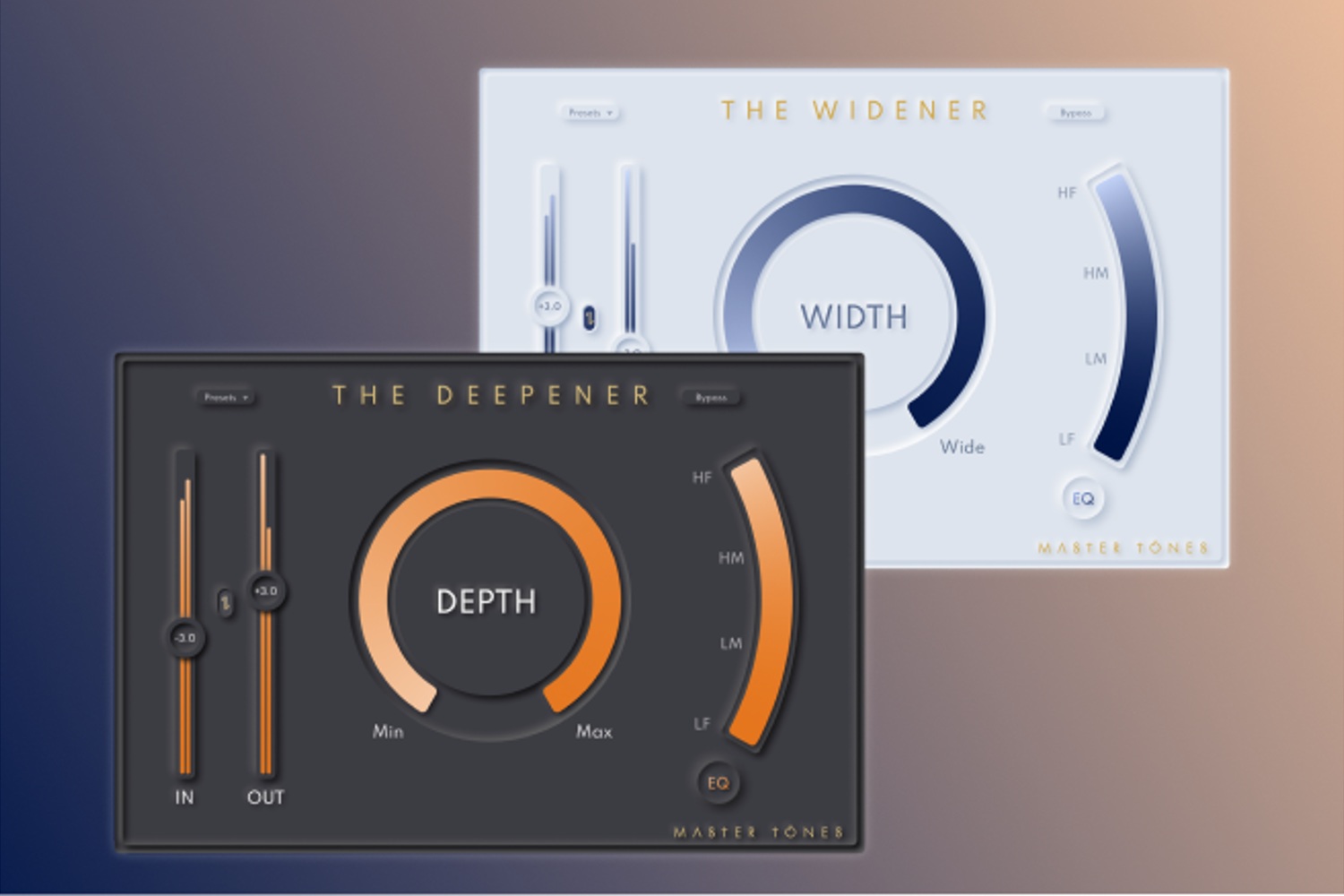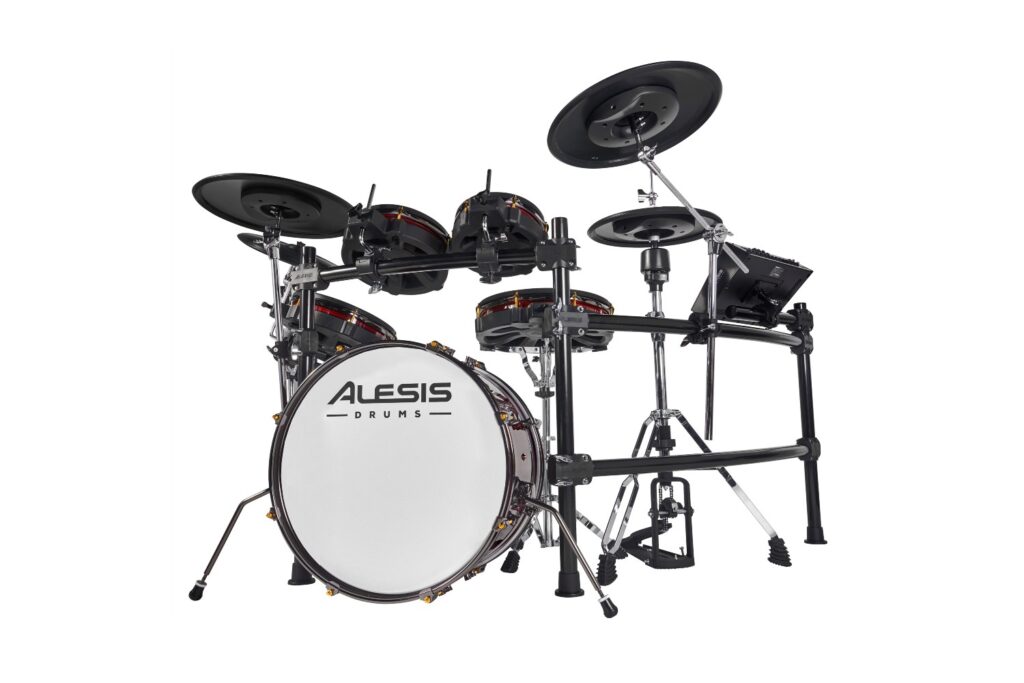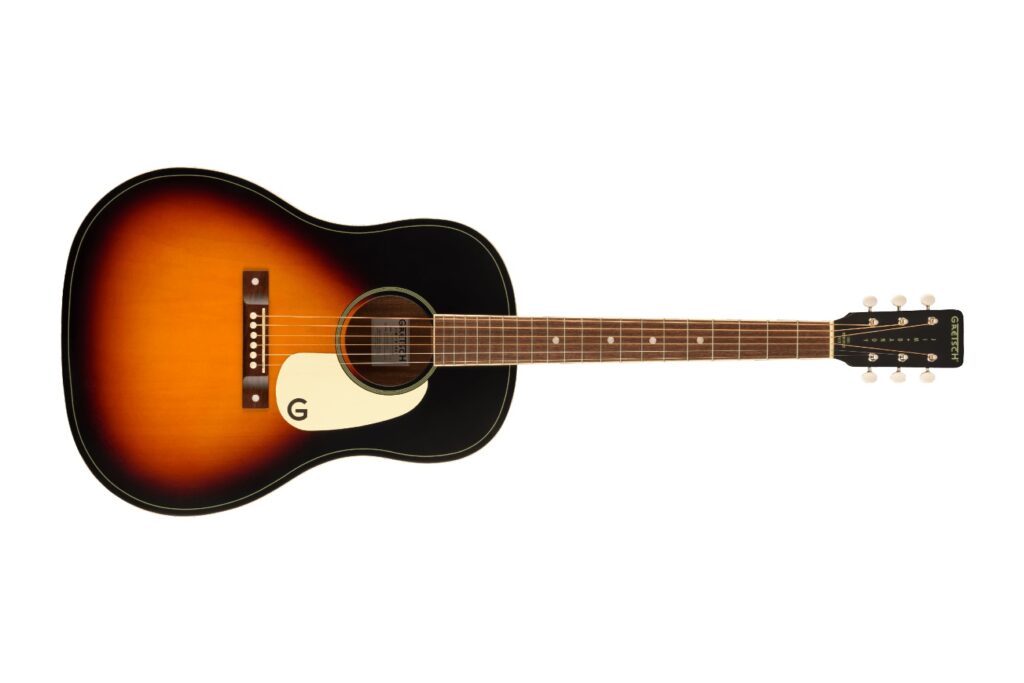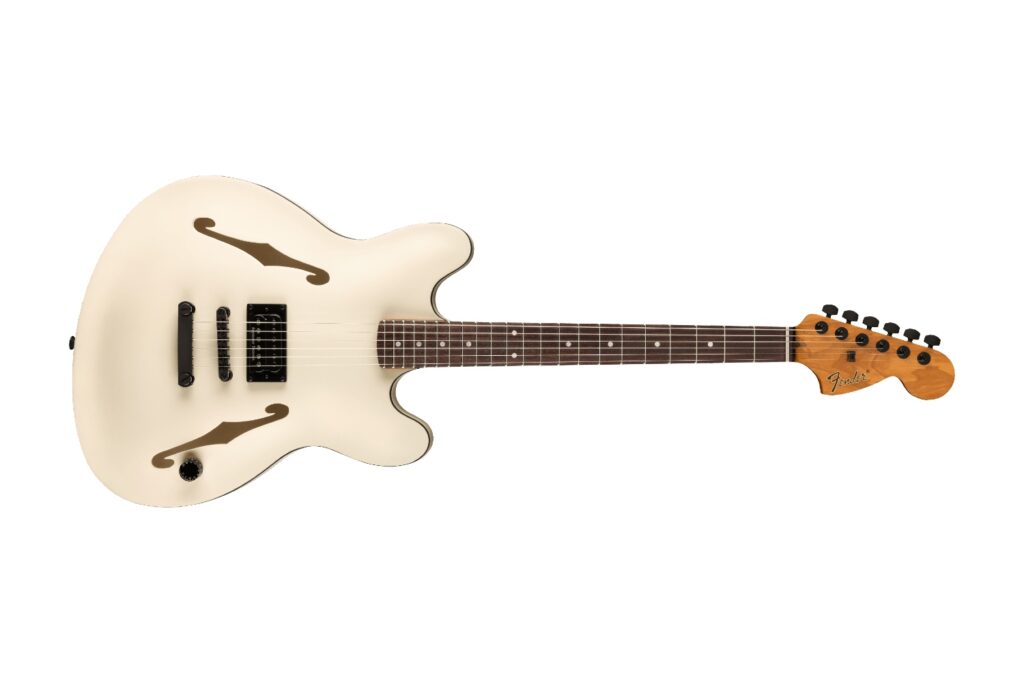Master Tones | Enquire for pricing
The art of spatial placement is one of the hardest skills to master for the budding mix engineer, and is one of the marks of a true professional.
As important as compression and equalisation are to the playback quality of your track, the ability to manipulate the stereo field is a crucial tool in solving the 3-dimensional audio puzzle that is a well mixed song.
Catch up on all the latest music gear reviews here.
Master Tones are a relatively new face in the plugin market, but are already carving out an identity of their own for developing forward-thinking, user-friendly plugins, with a particular focus on thickening, saturation, and front to back/spatial processing. The new ‘Stage Package’ bundle comprises two of the brand’s flagship plugins, the ‘Deepener’ and the ‘Widener’.
The Widener is a no frills affair, offering a width adjustment control, an EQ section to control what frequencies are affected by the widening, and input and output gain controls. The Widener seeks to do one thing and one thing extremely well; to offer stereo width control without the nasty artefacts and hollow artificialness that are so commonly associated with widening plugins. Master Tones have achieved this with their innovative Ariosa software, which uses machine learning in combination with AI to model an organic sounding width control. Master Tones haven’t given away too many details about how this works, but I assume that the Ariosa technology uses machine learning to smooth over the widening artefacts in a similar way to how image upscaling AI works.
Speculation aside, The Widener does an awesome job of widening a host of source material. The Widener’s ability to pave the cracks of audio artefacts gives it the ability to add significantly more stereo width than you might ordinarily achieve with a widening plugin. This gives it the ability to add even more width to a song already mixed in stereo, offering unique applications in sound design and post-production, such as widening background music underneath dialogue for a more immersive sound with the comfort of knowing that the audio will fold down to one channel on mono sources without compromising the overall mix. Input and output gain can be controlled using the faders in the gain section – you can even get a taste of the analogue saturation modelling featured in Master Tones’ British Kolorizer (released earlier this year) by turning the input gain down and driving the output gain to taste.
The Deepener works in a more subtle manner, with its purpose being to change the perceived depth of a sound source by exploiting the psychoacoustic properties of our ears. Because our ears can’t see how far away a sound is, they have to work it out themselves – part of this calculation involves the comparative loudness of different frequencies of the sound being listened to. A key way that you can perceive a voice as being very close to your ear is the large amount of high frequency content, much of which will dissipate over a larger distance. Savvy engineers can exploit this knowledge to position elements at different distances in a mix, rather than just left to right in the stereo field. For example, a key part of the Abbey Road Reverb trick involves cutting frequencies above 10kHz so as to not let high-end reflections from the reverb distract the listener from more prominent elements of the mix. With this in mind, Master Tones have put their Ariosa AI technology to work to model equalisation curves that mimic the proximity of the source material to the listener. The Deepener works best used subtly, especially in tandem with The Widener for maximum control over the stereo sound image, but used carefully, like layers of paint, can bring an awesome sense of space and depth to your mixes. The Deepener’s gain controls work similarly to those in The Widener, the more you drive the output gain, the more analogue modelled warmth will be applied to the signal.
The awkward early years of audio plugins featured some questionable user interface designs. This is not to the discredit of plugin manufacturers, every technological advancement has to make it through an awkward getting-to-know-you phase before concerns of design and user experience can be properly addressed – case in point mobile phones, electric cars, every piece of software ever. But fear not, because the reign of plugins trying to look like hardware is over, and the time of plugins designed to optimise user experience is here!
If talk about user-centric design makes you yawn, I want you to know that you’re not alone, but I’m willing to bet that you’re exactly the type of person who will benefit most from plugins designed for maximum usability. Master Tones’ Stage Package flaunts exactly the kind of user-focused plugin design that helps so much to counteract reduced attention spans and overall patience in the information age. Both The Widener and The Deepener, both sporting a deft embossed/engraved finish, offer a streamlined interface with intuitive controls that are immediately usable without tutorial. The sliding circular control that occupies the majority of the GUI controls the effect that is also the namesake of each plugin, the wheel on The Widener widens, the wheel on the Deepener deepens. A simple design concept that is far from obvious when you consider historical plugin designs. Master Tones’ design approach seems to question the concept of a user manual entirely, the design of the plugin itself becoming the manual, the process of learning to use the plugin becoming simply using the plugin. This is an intelligent move on the part of Master Tones; audio engineers both new and experienced consistently reach for plugins with a more gentle learning curve and a faster workflow.
Master Tones’ dedication to user focused functionality is a perfect complement to their adeptness in applying AI concepts to the realm of audio, and as a result, launches them right into contention with the very best plugin manufacturers around. The use of AI technology appears to be the way of the future in plugin development, and it will be very exciting to see what Master Tones have in store for us next.
Head to the Master Tones website for more.







